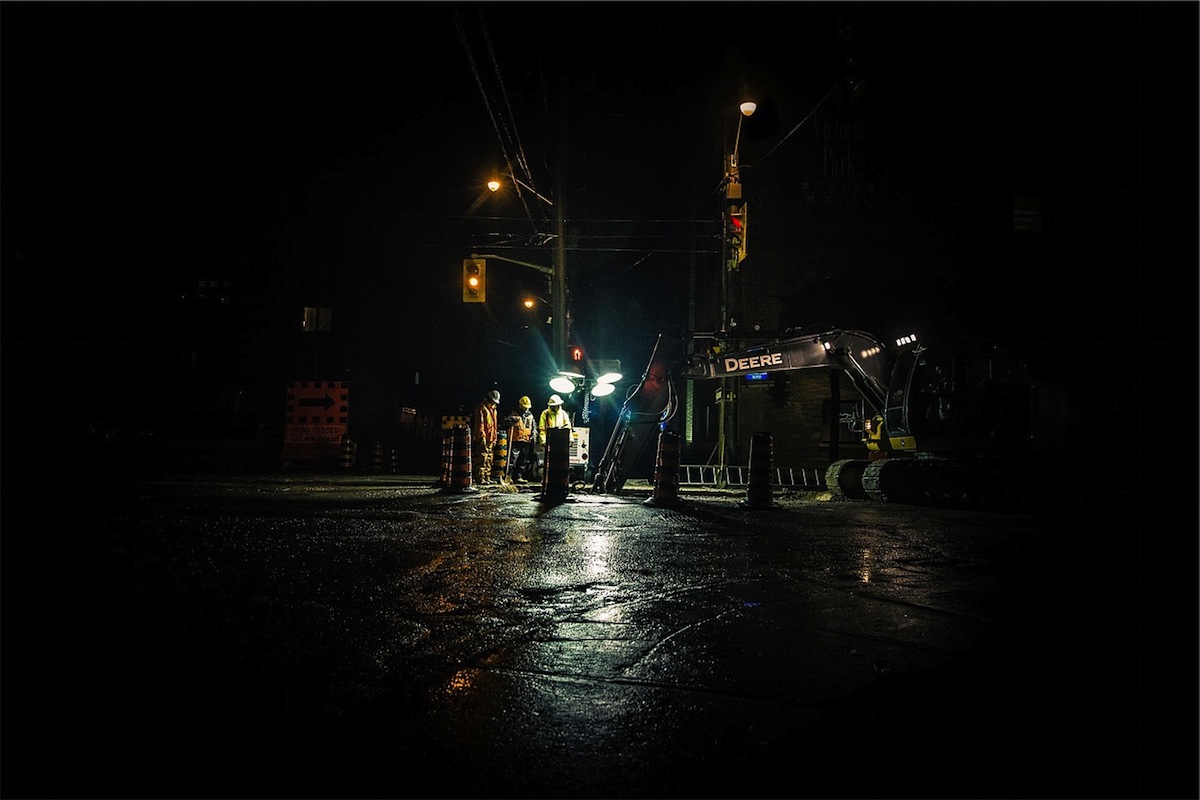The Occupational Safety and Health Administration issued a final rule to increase protections for construction workers in confined spaces.
The agency says the rule, which matches those in manufacturing and other industries, could protect nearly 800 construction workers a year from serious injuries and reduce life-threatening hazards.
The rule applies to areas including manholes, crawl spaces, tanks, and other confined spaces that are not intended for continuous occupancy and are difficult to exit in an emergency.
People working in confined spaces face life-threatening hazards including toxic substances, electrocutions, explosions, and asphyxiation. The agency cited a case last year in which two workers were asphyxiated while repairing leaks in a manhole. The new rule was devised to prevent such incidents.
The new regulations include requirements to ensure that multiple employers share vital safety information and to continuously monitor hazards—a safety option made possible by technological advances after the manufacturing and general industry standards were originally created.
Related Stories
Codes and Standards | Oct 19, 2018
Global Green Tag production certification standard will launch in U.S. at end of year
Australian program recognized by WELL, claims compliance with LE.
Codes and Standards | Oct 18, 2018
Federally-backed rebuilding of public buildings often leaves them vulnerable to future storms
FEMA dollars pay for reconstruction, but local decision-makers ignore climate change impacts.
Codes and Standards | Oct 17, 2018
Philadelphia plumbing code will now allow for more use of plastic pipes in high rises
Of the 50 largest U.S. cities, Philadelphia is one of just six that still require metal pipes.
Codes and Standards | Oct 16, 2018
New Disaster Recovery Reform Act will support adoption of updated building codes
Provides incentives for communities to modernize and enforce codes.
Codes and Standards | Oct 12, 2018
Boston ‘housing emergency’ prompts regional initiative for new residential construction
Mayors of 15 cities set goal of 185,000 new homes by 2030.
Codes and Standards | Oct 11, 2018
On-site staff key to energy benchmarking project for property management company
Manager training, data sharing are critical to meeting 20% utility cost reduction goal.
Codes and Standards | Oct 10, 2018
Interactive heat maps track temperature ranges in U.S. cities
Urban heat island effect can vary by as much as 37°F in the same city.
Codes and Standards | Oct 9, 2018
Power systems will become more decentralized for better disaster resiliency
Businesses, homeowners will control more power-generation capacity.
Codes and Standards | Oct 5, 2018
Getting commitments from key subs critical on government contracts
Withdrawn subcontractor bids can be costly.
Codes and Standards | Oct 4, 2018
Internal watchdog says EPA falling short to protect school children from asbestos
Agency not conducting enough inspections, report says.
















